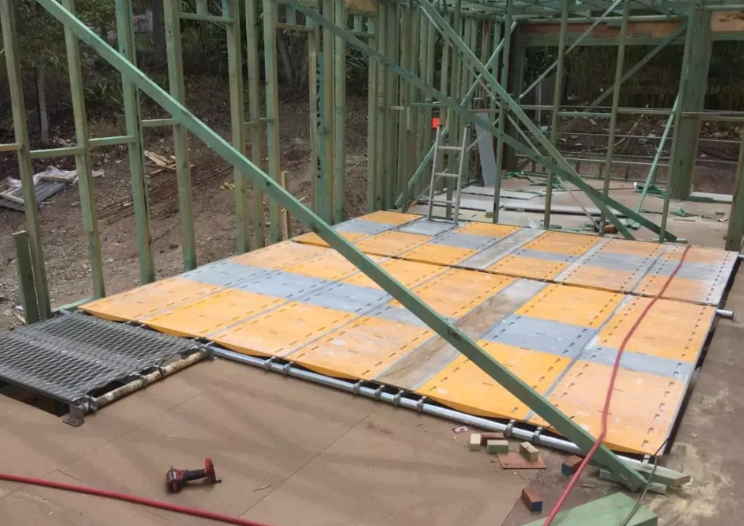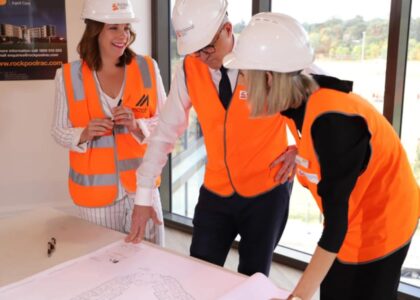In our ever-evolving urban landscapes, construction and engineering projects are constantly pushing the boundaries of design and functionality. With such rapid development, the overriding priority remains the safety of workers, inhabitants, and the structure itself. Among a plethora of safety measures, one less spoken but critically important is void protection. This post delves into how it plays a vital role in maintaining safety standards in the modern world.
Understanding Void Protection
In the context of construction and engineering, a void is any space or gap found within or between components of a building structure. These voids can be inherent to a design, such as gaps between architectural elements, or may result from an absence of material, such as gaps in scaffolding. It involves the implementation of systems and solutions to secure these open areas to prevent accidents, injuries, and structural failure.
Preventing Falls and Accidents
One of the primary functions of gap security is to prevent falls, which are among the most common causes of serious work-related injuries and fatalities, especially in the construction industry. Protective hoardings system covers gaping holes, such as those found in floors or walls during construction, with sturdy, temporary surfaces or barriers. This not only prevents workers from accidental falls but also stops tools or materials from falling and causing injury to people below or damage to other parts of the structure.
Facilitating Efficient Workflow
In providing a safer working environment, it also contributes to a more efficient workflow. Workers are assured that they can go about their tasks without the constant fear of missteps leading to potential void-related accidents. This peace of mind can boost productivity as workers can focus on their work with confidence in the safety measures in place.
Adapting to Technological Advancement
The role of its is not stagnant; it evolves with advancements in technology and materials. Modern protection systems are designed to be easily installed, highly durable, and adaptable to a variety of settings. They often come in modular forms, enabling a quick response to emerging safety needs during different phases of a construction project.
Conclusion
The intricacies of modern architecture and engineering require equally sophisticated safety measures. Void protection stands as a silent but sturdy guardian in this context, underpinning the safety of workers and the public while facilitating the functional and aesthetic advances of our built environment. It’s a fundamental yet unsung hero in the realm of construction safety, and it is likely to remain so for many projects to come.






